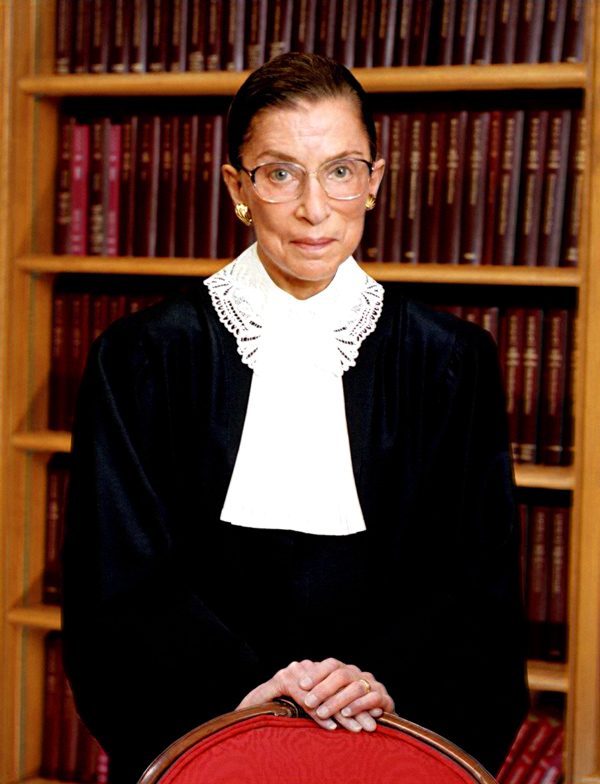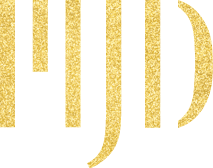
“To pay attention to what a powerful woman wears is often dismissed as a way to denigrate her. But not to pay attention in this case is to disrespect the attention to detail that marked Justice Ginsburg’s work in all its dimensions.” – Vanessa Friedman, The New York Times, Sept. 23, 2020
Many are called icons. Few deserve the designation. Ruth Bader Ginsburg was truly an icon.
It wasn’t just what she said and did, championing equality for women’s rights as a way to champion equality for all. Or the withering dissents that earned her the name “the Notorious RBG,” after the rapper “the Notorious BIG.” It was the way she looked. Without that, she would’ve been no less eulogized. But her image would not have been emblazoned on everything from magnets to T-shirts. Little girls would not be dressing as her for Halloween.
As Vanessa Friedman – fashion director and chief fashion critic for The New York Times – noted in a Sept. 23 appreciation, the Armani-loving Ginsburg saw no contradiction in being a stylish jurist. In part, this was probably because of an innate theatrical sense. As Chief Justice John Roberts observed in his remarks Sept. 23 as she lay in repose at the Supreme Court, she had wanted to be a singer and ended up a rock star.
She adored the theater, the ballet and especially the opera – which she shared with her friend and intellectual opposite on the Supreme Court bench, Antonin Scalia; was the subject of an opera with him (Derrick Wang’s “Scalia/Ginsburg”); and appeared in the non-singing role of a lawyer in the Washington National Opera’s production of Gaetano Donizetti’s “The Daughter of the Regiment” (for which she rewrote her lines to stress the power of women. Clearly, Ginsburg was something of a Method actor.)
The word “courtroom” is often associated with the word “drama.” In the heightened theatrical arena of the courtroom, Ginsburg combined her aesthetic flair with the insight that a woman didn’t have to dress like a female man to succeed. She realized that there are few things more empowering – and unsettling, particularly to a man – that a traditionally feminine woman whose smart appearance is the calling card for her smart words and actions.
So there was the girlish ponytail, often bound in the flourish of a bow; the button earrings, punctuating the face – distinctive yet not distracting the way chandelier earrings would be; the glasses framing wide, curious gray eyes; the brocaded jackets for speaking engagements; the fishnet gloves; and oftentimes a dazzling pair of heels. The girl could definitely accessorize.
But as Friedman notes, what set the iconography in motion were the collars that not only dressed up her plain, black judicial robe but that she used to telegraph her opinions before she uttered a word on the bench. There was a crocheted beige and yellow affair for majority opinions, a spiky bejeweled one from Banana Republic for dissents, a white jabot, finished in black, for the reception of her honorary degree from Harvard Law School; and a delicate white from Capetown, South Africa, said to be her favorite.
These collars echoed the Usekh or Wesekh, the broad jeweled or metal collar that signified status in ancient Egypt. But as with former Secretary of State Madeleine Albright’s pins, Jacqueline B. Kennedy’s and Melania Trump’s White House wardrobes, Diana, Princess of Wales’ dresses, Catherine, Duchess of Cambridge’s couture – and going back in time, Elizabeth I’s portraits – the collars were an example of gesture politics. They were reminders that women – who like children were once thought better seen and not heard – had to speak through how they looked. But speak they did.
One final thought: Ginsburg’s flash extended to the casual, including a sweatshirt that said, “Super Diva.” “Diva,” associated with the imperious prima donna of opera, has had a pejorative connotation. But “diva” is also Italian for “goddess.”
Styling on the bench and off, Ginsburg reclaimed its wise, compassionate meaning.
Tags: Ruth Bader Ginsburg, collars, Supreme Court, Vanessa Friedman, fashion, opera, Antonin Scalia, Madeleine Albright, Jacqueline B. Kennedy, Melania Trump, Catherine, Duchess of Cambridge, Diana, Princess of Wales, Elizabeth I
